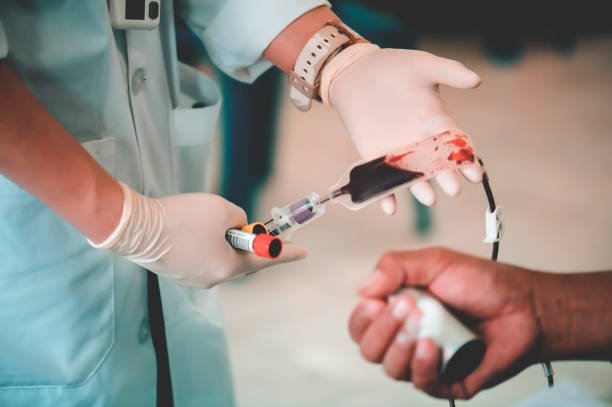Good Blood, Bad Blood
May 31, 2023 | Wednesday | Views | By Dr Manbeena Chawla
World Blood Donor Day, which falls on June 14, brings forth the challenges associated with the services providing safe blood
Image credit: shutterstock
While we know that blood transfusion can save many lives and improves health, many patients requiring transfusion do not have timely access to safe blood. Data reveals that of the 118.5 million blood donations collected globally, 40 per cent of these are collected in high-income countries, i.e. home to 16 per cent of the world’s population.
In low-income countries, up to 54 per cent of blood transfusions are given to children under 5 years of age; whereas in high-income countries, the most frequently transfused patient group is over 60 years of age, accounting for up to 76 per cent of all transfusions.
Besides the fact that there is a marked difference in the level of access to blood between low- and high-income countries, the major challenge lies within the unnecessary transfusions and unsafe transfusion practices that expose patients to the risk of serious adverse transfusion reactions and transfusion-transmissible infections such as HIV, hepatitis B, hepatitis C, syphilis, etc.
The introduction of blood donor screening by virus nucleic acid amplification technology (NAT) took place in the mid to late 1990s that was driven by the so-called AIDS and hepatitis C virus epidemic, with thousands of recipients of infected blood products and components. Studies reveal that German transfusion centres were the first to start in-house NAT testing of their donations in pools of up to 96 samples for hepatitis C virus (HCV), hepatitis B virus (HBV), and human immunodeficiency virus-1 (HIV-1).
Years later, the global diagnostics industry provided commercial HCV and HIV-1 and later HBV NAT tests on automated platforms. NAT tests for HIV-2, hepatitis A virus, and Parvovirus B19 followed, again driven by transfusion centres with their in-house tests.
Subsequent automation including sample preparation has significantly reduced the costs and complexity of the procedure and made it affordable to middle-income countries as well. Currently, more than 60 million donations per year are NAT-tested worldwide and the remaining residual risk of virus transmission by blood components and products could be reduced to almost zero.
There are new technologies on the horizon like digital droplet PCR, next-generation sequencing, lab-on-a-chip, and digital antigen assays, which are comparably sensitive. As a result of which, the global blood screening market is expected to reach $4.6 billion by 2028, growing at a CAGR of 11.9 per cent from 2021 to 2028.
However, each of these technologies has limitations, either in throughput, costs, automation, time to result, specificity, or the need for NAT as an integral part of the technology.
At the same time, a more appropriate biosafety protection strategy can be used to prevent cross-contamination among samples and reduce biosafety risks. Accurate, fast, easy-to-use, real-time disease diagnosis technology is thus becoming the focus of research across the globe.
Amidst these challenges lies another hurdle that NAT is not yet a mandatory test for screening blood units in India. According to a study published in the International Journal of Contemporary Medical Research in 2019, only around 2 per cent of blood banks in our country are carrying out NAT and approximately 7 per cent of all collected blood units are NAT tested.
In particular, there are 2550 public and private blood banks in the country and only 58 blood banks are undertaking some type of NAT testing. Studies have also revealed that for the 58 blood banks that are doing NAT testing using different technologies, results from all of them are not in the public domain. The data shows that highly risky blood transfusions take place across India despite the availability of technology to provide safer alternatives.
World Blood Donor Day, which falls on June 14, brings forth the challenges associated with the services providing safe blood and blood products as an essential element of the global healthcare system.
Dr Manbeena Chawla
Executive Editor
(manbeena.chawla@mmactiv.com)










